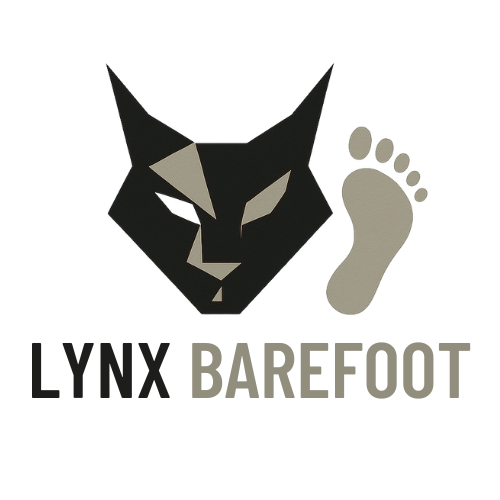How to Adapt Your Body to Barefoot Footwear: Tips for the Transition
Share

Switching to barefoot footwear is a significant step towards a more natural and healthy lifestyle. However, it's not something to be done immediately. To avoid discomfort and maximize the benefits of this type of footwear, it's crucial to follow an adaptation process. In this article, we provide some helpful tips to ensure your transition to barefoot is safe and effective.
Gradual transition: the secret to success
Barefoot running offers a completely different experience than conventional footwear. The muscles in your feet, which have been accustomed to constant support, need time to strengthen and adapt to the new way of walking. A gradual transition is key to avoiding pain and injury.
Start slowly: Wear your new barefoot shoes on soft surfaces, such as grass or smooth surfaces, and for short periods. This allows your feet to get used to the lack of cushioning and support. As your body adapts, you can gradually increase the duration of use and the intensity of your activities. It is recommended to start with sessions of 15 to 20 minutes and progressively increase the time until you feel comfortable wearing them all day.
Alternate with your conventional footwear: At first, alternate between your barefoot shoes and the footwear you used previously. This will help prevent overload on the muscles and tendons of the feet, allowing them to rest and recover properly. Over time, you can gradually reduce the use of your traditional footwear until you can do without it completely.
Exercises to strengthen the feet
To facilitate the transition, it is recommended to perform specific exercises that help strengthen the muscles of the feet and improve their flexibility. Here are some exercises you can incorporate into your daily routine:
- Toe stretching: Sit in a chair and, with the help of your hands, stretch each toe of your feet up and down. This helps improve the flexibility and mobility of the toes, preparing them for the natural movement required by barefoot walking.
- Arch mobility: Place a small ball, such as a tennis ball, under the arch of your foot and gently roll it back and forth. This exercise strengthens the plantar arch and improves proprioception, that is, the ability to sense and react to changes in the terrain.
- Barefoot walks: Spend a few minutes each day walking barefoot at home. This not only strengthens the muscles in your feet, but also helps you get used to the feeling of having direct contact with the ground.
What to expect during the transition?
It's normal to feel some discomfort in your foot and leg muscles during the first few weeks of wearing barefoot shoes. This is a sign that your muscles are working harder than usual and are strengthening. However, if you experience sharp or persistent pain, it's important to reduce use and consult a specialist to prevent injuries.
The key to a successful barefoot transition is patience. Give your body time to adapt, and you'll soon begin to enjoy all the benefits this type of footwear can offer. At BareMotion, we're here to support you every step of the way. Explore our selection of barefoot shoes and start your journey towards more natural movement today.
